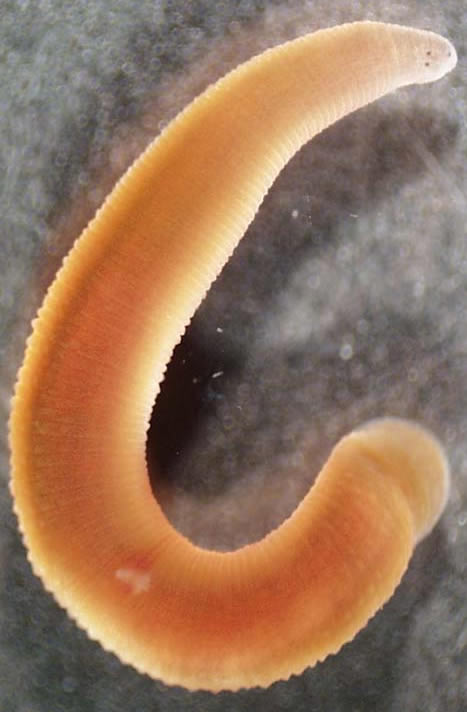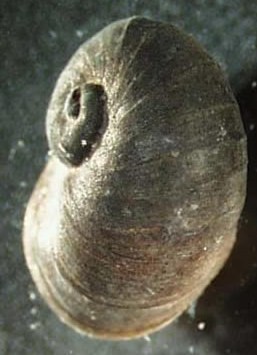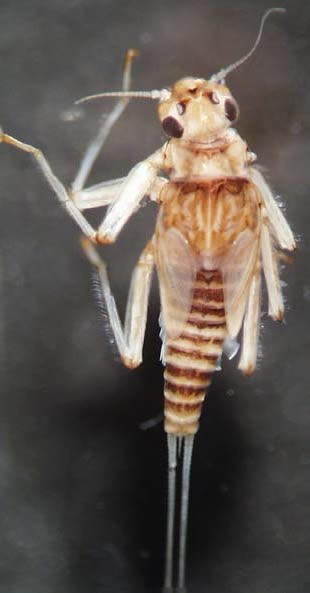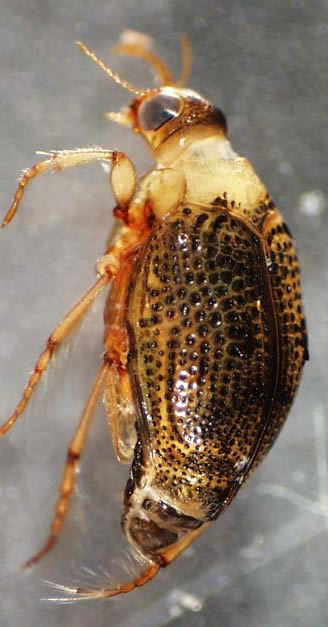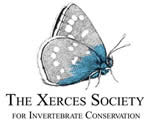
THE XERCES SOCIETY FOR INVERTEBRATE CONSERVATION Aquatic Invertebrates in Pacific Northwest Freshwater Wetlands |
|
Welcome to the Xerces Society's guide to freshwater wetland macroinvertebrates in the Pacific Northwest. This guide will help you identify invertebrates that you find in wetlands to the family level, as well as provide some information about invertebrate natural history, wetlands, study design and sampling, and the current state of the science of wetland bioassessment. Wetland habitats are both highly important and highly vulnerable to human impacts. They provide humans with many valuable ecosystem services, such as flood control and water filtration, and they support a diversity of birds, amphibians, and other animals. |
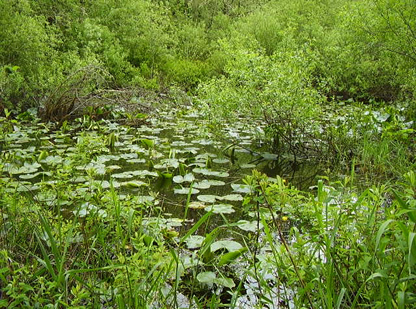 |
About 40% of all species listed as threatened or endangered in the U.S. depend on wetlands for their survival. Unfortunately, we have lost over half of the 200 million acres of wetlands that existed in North America before European settlement. Unlike in streams, using macroinvertebrates as biomonitors in wetlands is still in the beginning stages. Some promising research has been done in various parts of the country throughout the past two decades, but we do not yet have an invertebrate Index of Biological Integrity that will work for Pacific Northwest wetlands. Invertebrates are very promising as bioindicators of Pacific Northwest wetlands: they are abundant, ubiquitous, relatively easy to sample, and, because of their popularity as stream biomonitors, much is known about the tolerance levels of individual taxa. This guide reflects the current state of the science. |
|
|
Generous funding for this project was provided by The U.S. Environmental Protection Agency, The Mountaineers Foundation, and contributions from members of The Xerces Society. Read our complete list of acknowledgments. |
|
Please cite this document as: The photographs in this guide were generously contributed by a number of amateur and professional invertebrate photographers. We greatly appreciate their contributions; view a complete list of photographers. |
© 2007 Xerces Society
Contact info@xerces.org
